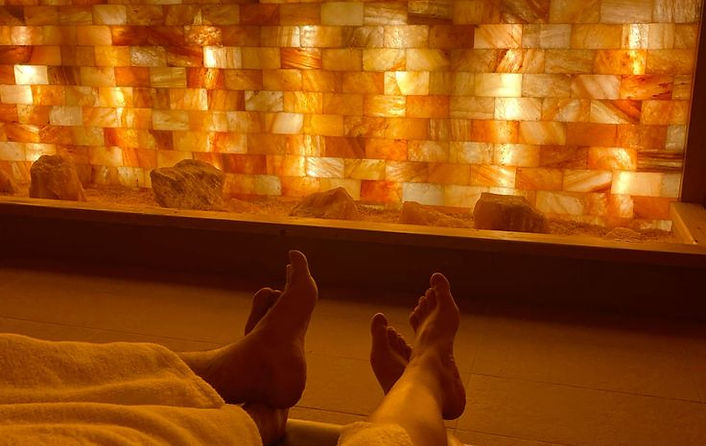What Is Halotherapy?



The
Background
Halotherapy, also known as dry salt therapy, is a natural wellness practice that involves inhaling microscopic salt particles in a controlled environment. The treatment typically takes place in a specially constructed salt room or salt cave, where the walls and floors may be coated in layers of salt to create a mineral-rich, cave-like atmosphere. A machine called a halogenerator grinds pharmaceutical-grade, pure sodium chloride into ultra-fine particles and disperses them into the air. These airborne particles are then inhaled deeply into the lungs and also settle on the skin.
The origins of halotherapy date back to the 19th century, when Polish physician Dr. Feliks Boczkowski noticed that salt miners in the Wieliczka Salt Mine rarely suffered from respiratory problems. Later, during World War II, German doctors observed that people sheltering in salt caves during bombings showed improved respiratory health. These historical insights inspired the development of modern halotherapy chambers that attempt to replicate the unique microclimate of natural salt mines.
The therapeutic mechanism is believed to work in several ways. When inhaled, salt particles may help thin mucus, reduce inflammation, and clear allergens or pollutants from the respiratory tract. Salt is naturally antibacterial and antimicrobial, which is why it's thought to help reduce respiratory infections and irritation. The environment is also kept dry and temperature-controlled, which may further assist in decongesting the airways.
Many people use halotherapy to manage chronic respiratory conditions such as asthma, chronic bronchitis, sinusitis, and COPD. Others try it to relieve symptoms from seasonal allergies, persistent cough, or to promote recovery after respiratory infections. In addition to respiratory benefits, halotherapy is said to have calming effects. The quiet, dimly lit rooms and rhythmic sound of the halogenerator create a tranquil setting that can encourage relaxation and stress relief, similar to meditation or a spa experience.
Some users also report skin benefits, particularly those with inflammatory skin conditions like psoriasis or eczema. While the salt particles are primarily inhaled, they also settle on the skin and are thought to reduce itchiness, redness, and irritation through their anti-inflammatory properties.
Despite its growing popularity in wellness circles, halotherapy is still considered an alternative or complementary therapy. Clinical research is ongoing, and although some small studies suggest benefits for respiratory health, especially in children with asthma or adults with bronchitis, the evidence is not yet strong or consistent enough to confirm broad medical claims. However, it is generally considered safe for most people, with few side effects aside from occasional mild throat dryness or coughing as the airways begin to clear.
Halotherapy is not intended to replace standard medical treatments but may be a helpful addition to a broader health routine for those seeking non-invasive, drug-free options to support their breathing, relaxation, or skin health.
